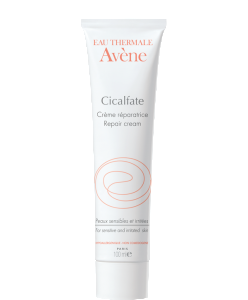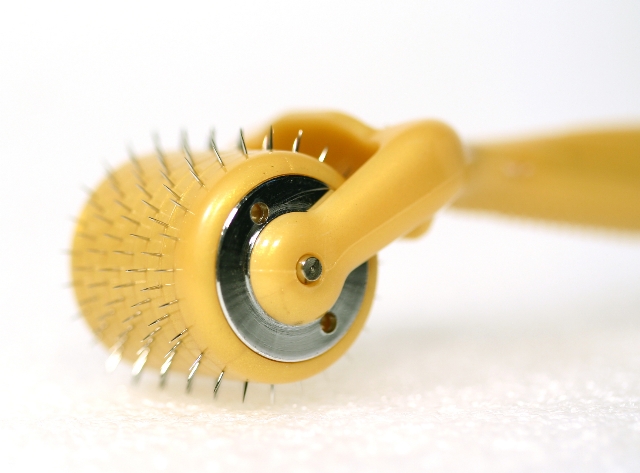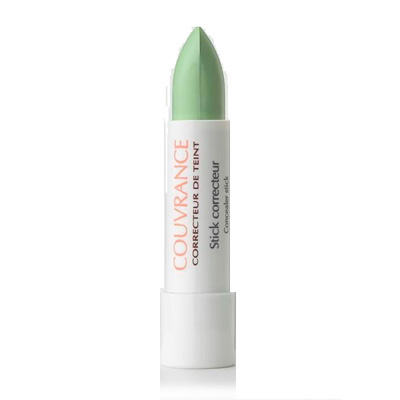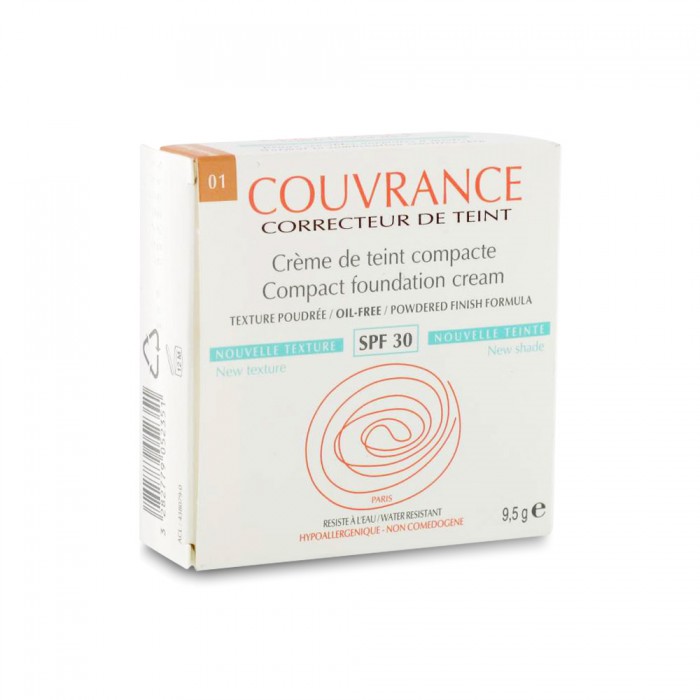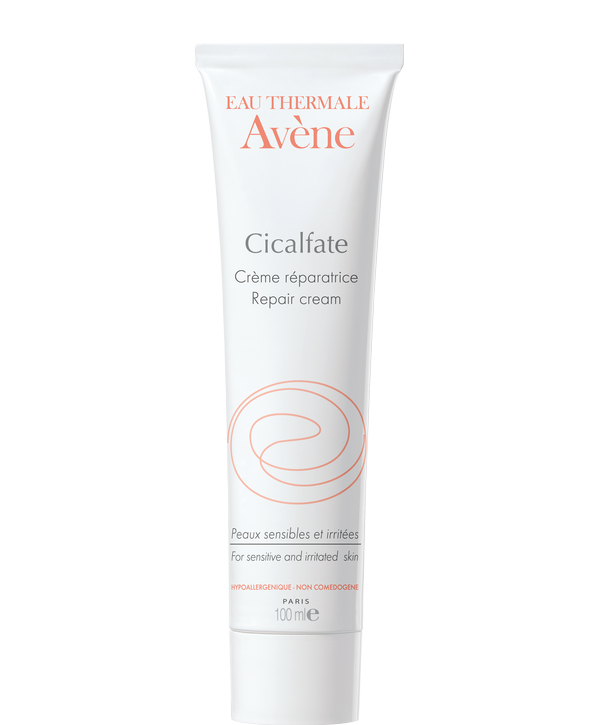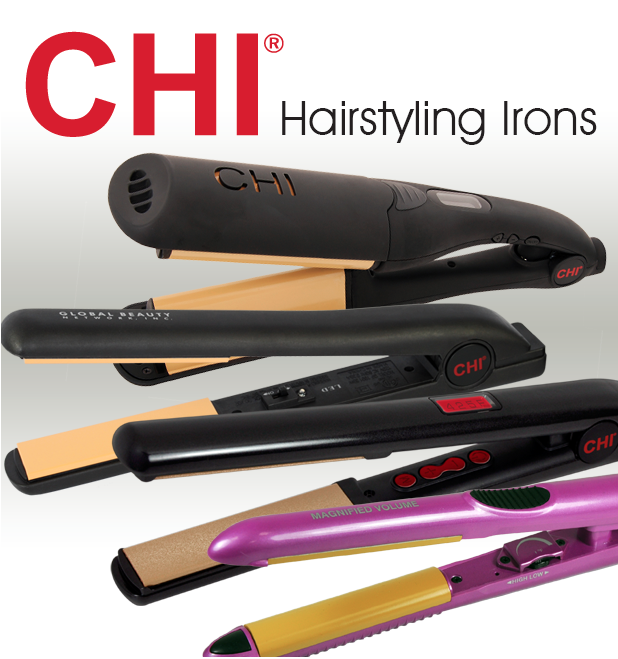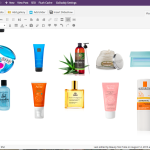I’ve had big post surgery scars on my back for over 15 years now, and so have always been on the lookout for ways to minimise their appearance. And recently, I got cooped up with a pretty nasty scar in the middle of my face after an unfortunate accident. Luckily a good plastic surgeon stitched it up quite nicely and gave me some tips. There’s not too much hope for certain scars though, and after years of research and experimenting, this is all I’ve come up with:
- Creams: As soon as your stitches are out and there’s no sign of infection (check with your Doc first), apply a generous amount of quality antibacterial repair cream like Avène’s Cicalfate. I had been using this repair cream on other scars and it worked quite well, and after my recent facial scar the plastic surgeon also recommended I use it about twice a day. My dermatologist prefers Kelo-cote scar gel to Cicafate, but I haven’t been using it long enough to be able to tell if it works.
- Can a cream really do that much? In the past I tried an array of other creams, lotions and oils (aloe vera, or rosa mosqueta oil for example – mèh), but nothing ever did much for me except for Cicalfate (and the results from this are far from spectaculour either).
- Silicone strips were recommended by my surgeon many years ago, and are supposed to facilitate the healing process. Silicone based scar gel like ScarFade Gel or Kelocote. Despite the lack of impressive results, I think the damage was contained by using the Cicalfate cream and silicone strips. Keep in mind that at the end of the day none of these creams work miracles, especially not on older scars.
- Habits: New wounds heal better when you drink lots of water and refrain from smoking (circulation!).
- Avoid exposing a scar to the sun for at least a year, and whatever you do, don’t forget the sunscreen!
- Cover up: As a very self-conscious teenager, I used Courvance (also by Avène), which did a decent enough job at camouflaging. To mask redness, use a green camouflage stick before applying foundation, concealer and blotting powder (same applies for blemishes).
- Soon I’ll be trying out the Dermaroller, which is supposed to work great on acne scars. A friend from Freshwatervalley (a webshop selling all kinds of nifty beauty products and gadgets) recommend I try it for the scar in my face. I’ll keep you posted on the results.
- Unfortunately, there still isn’t anything truly effective on the market for surgical scars. Yes, you can keep new scars at bay by encouraging the healing process with creams or silicone gels etc., but unfortunately old ones seem a bit of a lost cause. I’d love to hear if you guys have any tips of your own, so feel free to comment below.
- I’m still trying to minimise my latest facial scar and might try out proper laser treatment in a year or so, but at the end of the day I’m afraid it’s still impossible to get rid of some scars completely. Learning to embrace them may be a stretch for many, but believe it or not, some people really find them sexy, and for some strange reason my old scars have become an unenthusiastic part of me. In recent years I’ve considered tattoo cover ups, but I’m thinking I might just let go of that plan.
Follow BeautyTestTube’s board Tattoos on Pinterest.
Update 1 year later: My facial scar has faded beautifully, and people can hardly see it unless I point it out. Not thanks to creams applied later, but thanks to good stitches by a talented surgeon, and probably by helping along the healing process a bit with Cicalfate cream. I though I’d go for laser treatment a year later, but I no longer find it necessary.
